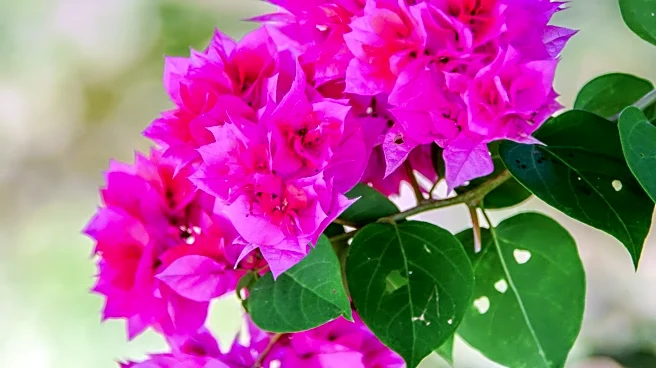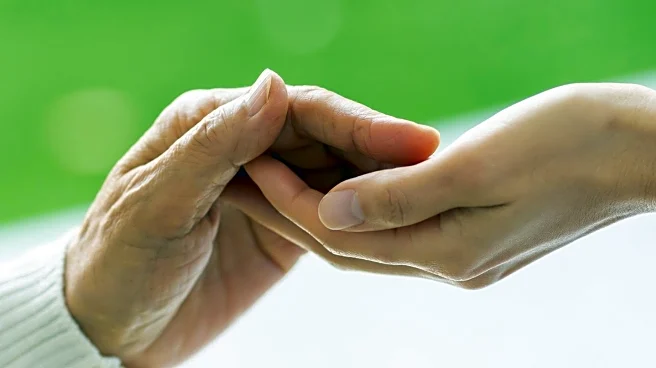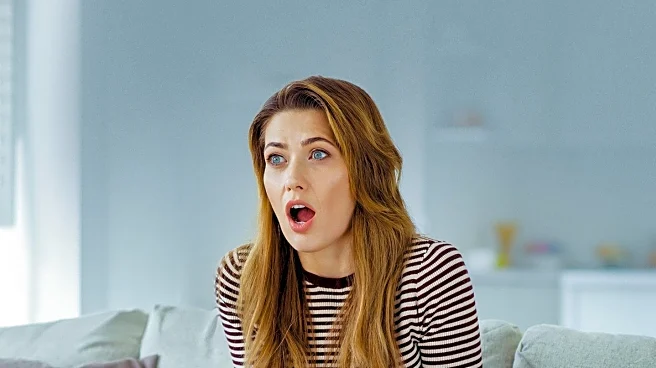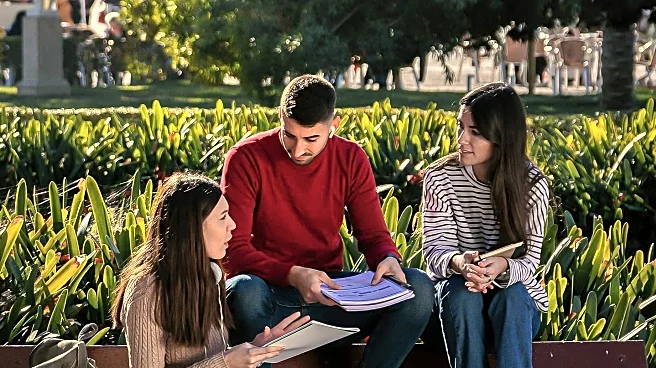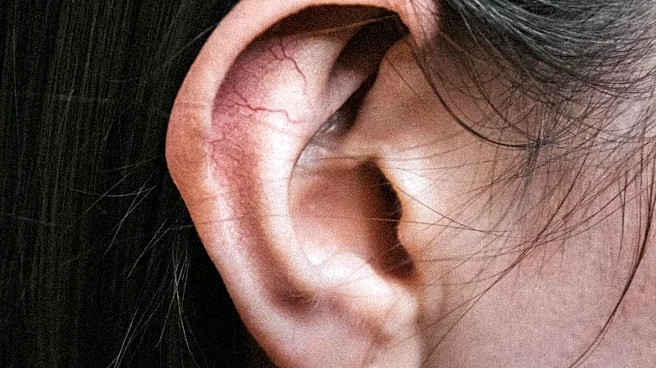What's Happening?
Trypophobia, an aversion to clusters of tiny holes or bumps, is linked to disgust and fear rather than actual threat. Common textures like coral or seed pods can trigger strong reactions, although the classification of trypophobia is debated. Experts suggest that the condition may stem from disease-avoidance instincts and visual triggers. Despite not being officially recognized as a disorder, trypophobia affects a significant portion of the population, causing genuine anxiety and revulsion.
Why It's Important?
The study of trypophobia sheds light on the complexities of human perception and the brain's response to visual stimuli. Understanding this condition can inform research on phobias and mental health, highlighting the need for personalized approaches to treatment. The prevalence of trypophobia underscores the importance of recognizing and addressing non-traditional phobias, which can impact individuals' quality of life. This research may influence future studies on visual discomfort and its psychological implications.
What's Next?
Further research is needed to explore the underlying causes of trypophobia and develop effective treatment strategies. Scientists may investigate the role of cultural exposure and personal experience in shaping reactions to visual patterns. The medical community could consider integrating trypophobia into broader discussions on mental health and phobias. As understanding of the condition evolves, new approaches to managing visual discomfort may emerge.
Beyond the Headlines
Trypophobia highlights the intersection of psychology and visual perception, offering insights into how the brain processes complex patterns. The condition raises questions about the role of evolutionary instincts in modern life and the impact of visual stimuli on mental health. As research progresses, trypophobia may contribute to broader discussions on the nature of phobias and the importance of addressing diverse mental health challenges.

